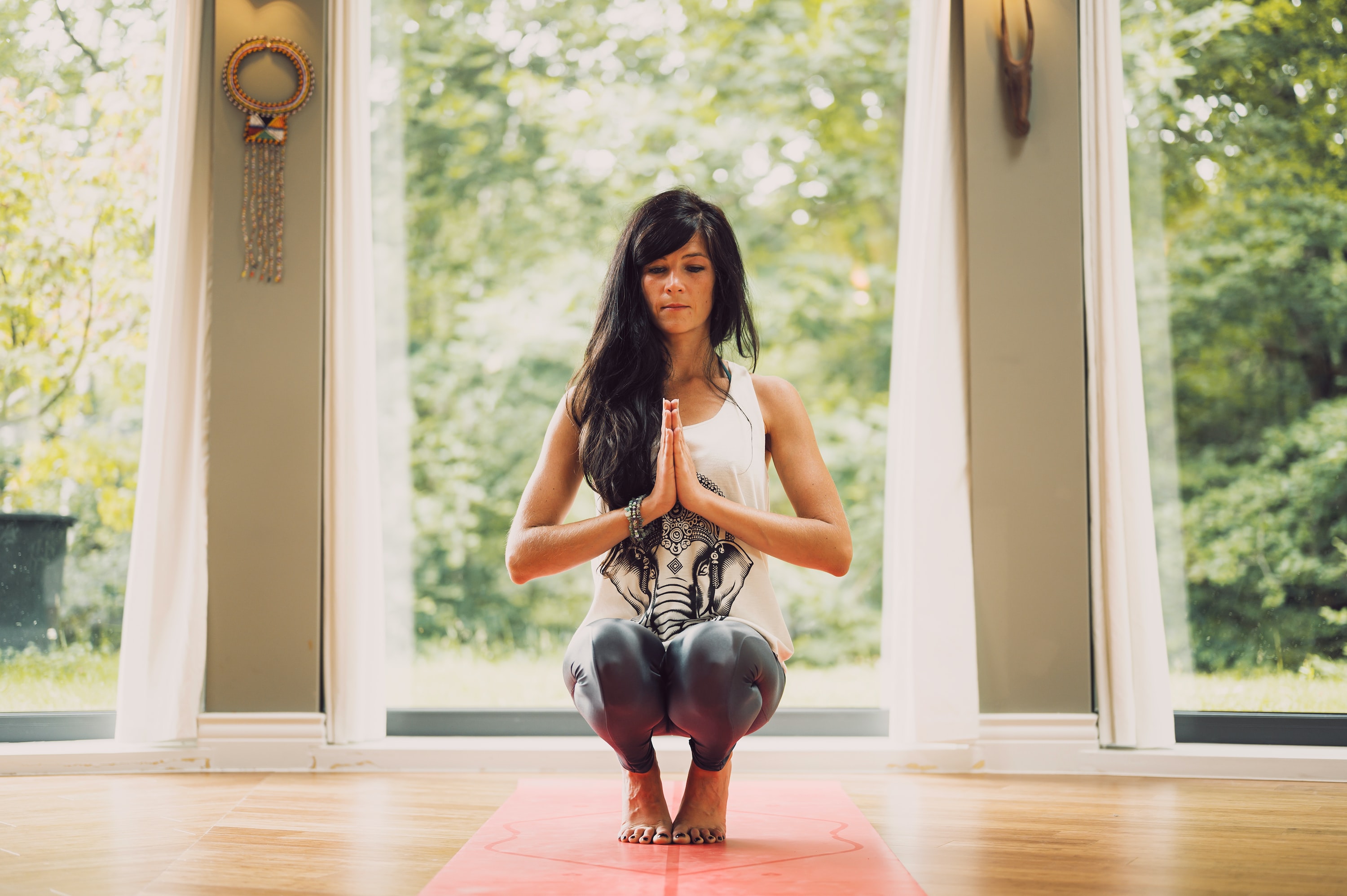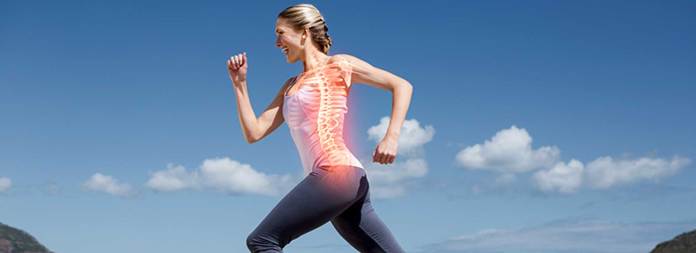The theme for this year’s World Menopause Day 2021 is Bone Health.
1 in 3 women over the age of 50 years will experience osteoporotic fractures in their lifetime – The International Osteoporosis Foundation
Why is bone health important?
According to WHO, it is an under-recognized public health concern that needs immediate attention. With an aging population and longer life span, osteoporosis is increasingly becoming a global epidemic.
According to the Arthritis Foundation, women lose nearly half of their trabecular bone over their lifespan. In addition, women lose 30 percent of the denser tissue that preserves bones. The majority of the loss occurs within the first decade after menopause, but after the age of 50, both men and women lose 0.5 percent of their bone density every year.
“The decline in estrogen levels that happens during menopause in women causes increased bone loss, which can raise the risk of developing osteoporosis, a condition in which bones become thin and easily fracture,” says Tanvi Sharma, Co-Founder, Unpause life, a platform that brings information and solutions to women to thrive in their midlife.
It is, however, never too late to execute a bone health action plan, and in fact, one should get up, get moving, and devise a strategy to maintain bones as strong as possible.
How to preserve bone health?
1. A balanced diet and good nutrition
Although there are no particular guidelines for iron, calcium, or vitamin D intake during menopause, a well-balanced diet that includes calcium, summer sunlight, and vitamin D supplements can help decrease the pace of bone loss.
- Lean red meat, chicken, fish, eggs, leafy green vegetables, nuts, and fortified grain products all contain iron.
- Calcium helps create strong bones and is present in dairy products, fish with bones (such as sardines and canned salmon), broccoli, and legumes.
- Vitamin D is needed for calcium absorption. Some fatty fish, beef liver, eggs, and fortified packaged foods, such as cereal, are good sources of vitamin D.
- After menopause or reaching the age of 50, the National Osteoporosis Foundation (NOF) advises increasing the amount to 1,200 mg of calcium each day. Because it is difficult to acquire enough calcium and vitamin D, one should consult their doctor about taking supplements to preserve bone health.
2. Exercise is a key component

The most essential bone workout is acquiring and maintaining proper posture. You can also create a strategy for weight-bearing, strength training, and balancing activities. It is suggested to exercise for 30 to 40 minutes on most days of the week.
Weight-bearing exercise includes exercises such as:
- Brisk walking with a backpack to strengthen your ankles, knees, and hips.
- Lunges (forward, sideways, and backward) are very useful in lowering the risk of falling because they maintain muscular strength, agility, and balance.
Strength-training exercises can include the use of resistance machines or inexpensive equipment which are as follows:
- Use of resistance bands, free weights, or barbells.
- Specific muscle groups (the major extensor muscles of the back; hip flexors and extensors; thigh, upper arm, and forearm muscles) are targeted to influence regions of the skeleton most commonly involved in osteoporotic fractures.
- Performing mild spinal extension exercises when seated (sit tall, gaze up at the ceiling, and arch your back) and raise the lower ribs of the pelvis to strengthen the back.
Balance exercises should begin with a chair for support, especially if one already has osteoporosis.
- Standing on one foot at a time while gripping the chair and work your way up to balancing on one foot without needing the chair.
- Advanced exercises such as tai chi and yoga enhance muscle strength, flexibility, and balance.
- Yoga can be both helpful and dangerous. There is some debate over the safety of certain of yoga’s spine-twisting postures.
Other sociable options include aerobics and dance that will increase flexibility and result in healthy bones.
3. Schedule a bone density scan
A bone density scan is a low-dose X-ray of the hips and spine that measures the calcium and other minerals in the bones. While regular screening should begin at 65, the doctor may prescribe earlier tests if one is at high risk due to family history or long-term use of bone-thinning medicines like corticosteroids. If women don’t get a bone density scan or break a bone, they may not know they have osteoporosis until they have significant consequences.
4. Quit Bad Habits
Certain lifestyle habits can affect your bone health.
- Women should drink only in moderation as alcohol might reduce their body’s capacity to absorb calcium. If they want to consume alcoholic beverages, make sure they do it in moderation.
- Smoking can decrease bone density at a faster rate and so cutting such habits out of life is not only good for bones but also the overall health and well-being.
- Caffeine increases the rate at which the body excretes calcium, so limit the intake. Avoid high-caffeine energy drinks and reduce intake of caffeinated beverages such as normal coffee, tea, and carbonated soft drinks.
- Like caffeine and alcohol, salty meals, can deplete calcium stores and hasten bone deterioration. According to a study published in the journal Osteoporosis International in January 2017, postmenopausal women who drink a lot of salt are more likely to develop osteoporosis. Generally, processed, and canned meals include a lot of salt, so try to minimize the intake of these items. While eating packaged foods, look for low-sodium or no-salt-added varieties.




